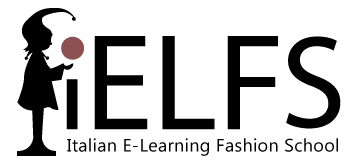How to Become a Wardrobe Stylist
Get Educated
Education is essential for developing the skills needed to succeed as a wardrobe stylist. Enroll in courses that cover fashion styling, color theory, and personal shopping.
● Recommended Course: Consider taking the "Wardrobe Stylist" online course offered by our school in Italy. This program provides comprehensive training from Italian stylists who work in fashion magazines and designer houses. The course is designed for beginners and covers everything from basic styling principles to advanced wardrobe management techniques.
● Flexible Learning: The course offers a flexible schedule, allowing you to start any day and learn at your own pace. Upon completion, you’ll receive a certification that enhances your credibility and professional standing.
Build a Strong Portfolio
Your portfolio is your visual resume. Include high-quality photos of styled outfits, wardrobe audits, and personal shopping experiences. Collaborate with photographers, models, and other fashion professionals to build a varied and professional portfolio.
Get Some Experience
Start Small: Look for internships or assistant gigs with established wardrobe stylists, fashion houses, or boutiques. This will give you hands-on experience and help you make important connections in the industry.
Network
Meet People: Go to fashion shows, industry events, and social gatherings. Networking is key to finding new opportunities and collaborations, so don’t be shy about introducing yourself to people.
Keep Up with Trends
Stay Updated: Follow fashion blogs, magazines, and influencers to keep up with the latest trends. Knowing what’s in style will help you create relevant and fashionable looks for your clients.
Join Professional Groups
Get Connected: Consider joining professional associations like the Association of Image Consultants International (AICI). These groups offer resources, networking opportunities, and chances for professional development.





